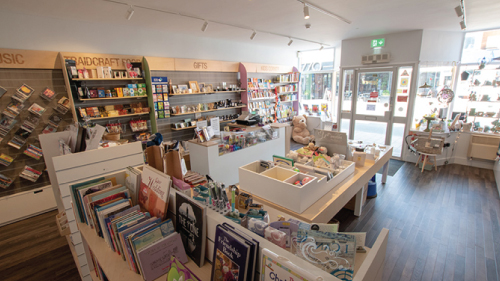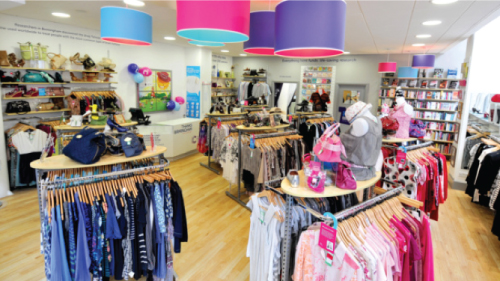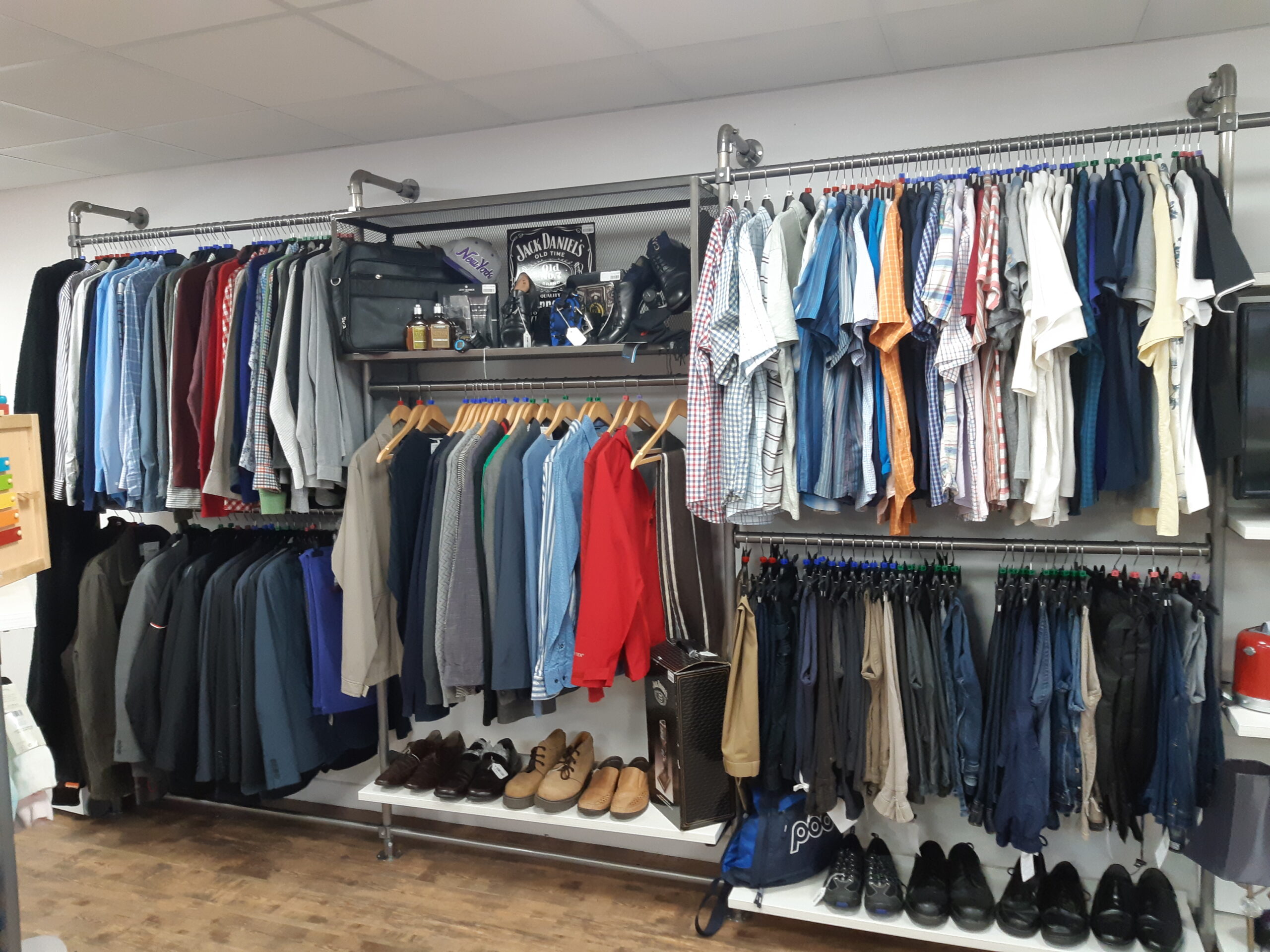SPACE ‘The final frontier’ are the opening words on Star Trek, the famous science-fiction series. However, retail space is not science fiction – it is a key component of ‘retail science’, which needs to be fully understood and utilised to generate maximum sales.
It may not surprise you to find out that most charity retail shops are not getting the most from their retail space. Why is this such a huge issue? Well, when it comes to charity retail, space is not the final frontier and it certainly isn’t the final thing to consider if you want to improve your sales – it’s the first!
“The decision of how to use the retail space within a charity shop needs to be carefully considered. In fact, before any lease is signed the retail space should be planned in advance, which is so often not the case. It is highly recommended that a good understanding of the area including demographics, competition, and footfall of the location, is also gained prior to any lease being undertaken. It is also very important that the type of charity shop is decided before any lease is signed because this could affect the size of shop that is required”.
Chapter 5C: Best Use of Retail Space, ‘The Science of Charity Retail’ by Barry Moles
Covid-19 has made the use of retail space even more important than ever before and, while traditional retailers normally use science and data to position products, charity retailers tend to use less science and more instinct and guesswork.

Due to the current social distancing guidelines and resulting reduction in retail space, now is actually the best time in history to fully utilise your retail space. This can be done by introducing the science of charity retail. So, what is best practice when it comes to charity retail space?
It starts with:
- Measuring your useable retail space. There are a range of different methods to achieve this, but best practice is using a very simple measurement tool, which can be updated by the shop managers (for example) using metre bays or equivalent.
- Measuring which product categories take up what space on the meter bays or equivalent.
- Calculating the return on your retail space.
The key of course is interpreting the data that is produced but obviously without the data there can be no analysis!
Secondly, it is about ensuring the ratios within product categories are working towards best practice. Very common, bad examples of ratios are excessive Ladies bottoms compared with tops, too many non-fiction books compared to fiction and too much glassware within bric-a-brac. It is crucial for charity shops, who want to see improvements in their sales, to install best practice within product categories.
Another extremely common area we see room for improvement is charity shops forgetting to utilise their hot spots. Big or small, every shop has one and these are ideal for those impulsive items or products to grab a customer’s attention.

The bottom line is if you have got your retail space right, the sales really will fly but do not forget it needs to be consistently analysed and reviewed in order to keep best practices in place.






